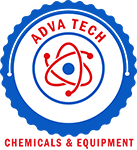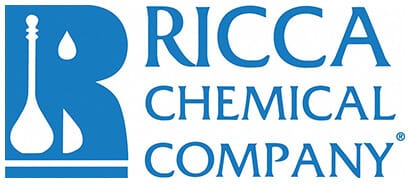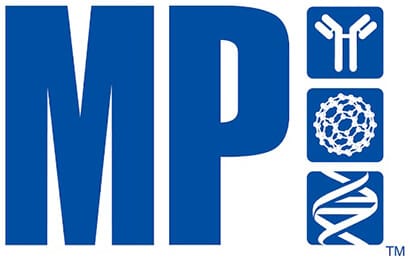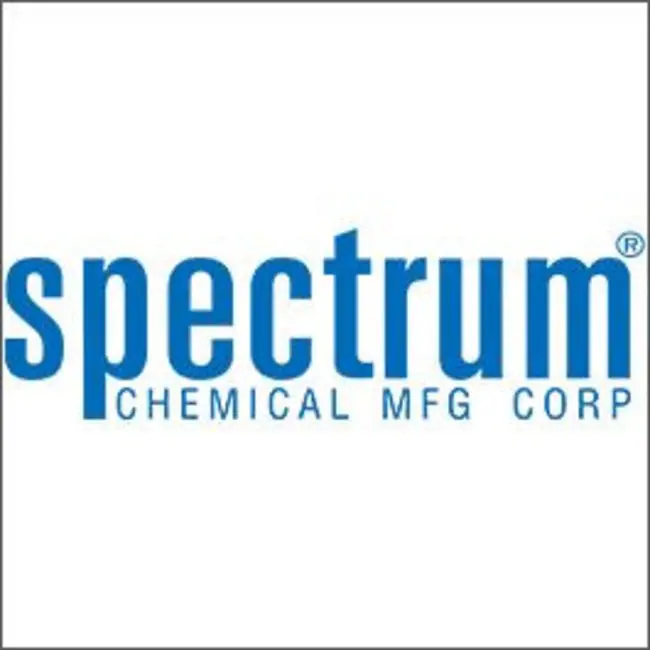Shop
Showing 132101–132150 of 163349 results
-

SMPD1 / ASM Rabbit pAb
$86.94 Add to cart View Product DetailsPolyclonal Antibodies
-

SMPD1 / ASM Rabbit pAb
$239.89 Add to cart View Product DetailsPolyclonal Antibodies
-
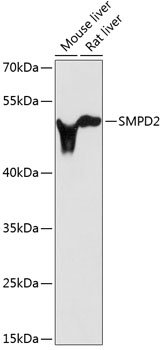
SMPD2 Rabbit pAb
$86.94 Add to cart View Product DetailsPolyclonal Antibodies
-

SMPD2 Rabbit pAb
$239.89 Add to cart View Product DetailsPolyclonal Antibodies
-
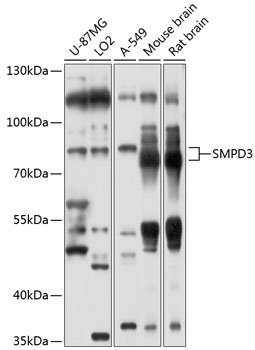
SMPD3 Rabbit pAb
$86.94 Add to cart View Product DetailsPolyclonal Antibodies
-

SMPD3 Rabbit pAb
$239.89 Add to cart View Product DetailsPolyclonal Antibodies
-

SMPD3/NSMase2 Rabbit mAb
$103.04 Add to cart View Product DetailsMonoclonal Antibodies
-

SMPD3/NSMase2 Rabbit mAb
$264.04 Add to cart View Product DetailsMonoclonal Antibodies
-

SMPD4 Rabbit pAb
$86.94 Add to cart View Product DetailsPolyclonal Antibodies
-

SMPD4 Rabbit pAb
$239.89 Add to cart View Product DetailsPolyclonal Antibodies
-
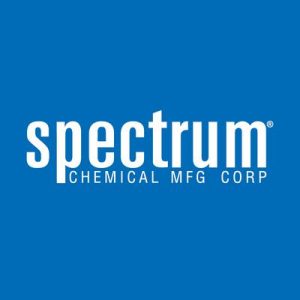
SMS Coveralls with Elastic Wrists and Ankles, Attached Hood, Zipper Front, White, 5XL
$114.28 Add to cart View Product DetailsSMS Coveralls with Elastic Wrists and Ankles, Attached Hood, Zipper Front, White, 5XL
-

SMS Frocks with 3 Pockets, Elastic Wrists, Mandarin Collar, 6-Snap Front, Elastic Thumb-Loops, Hang Loop, Anti-Static, Blue, S
$95.22 Add to cart View Product DetailsSMS Frocks with 3 Pockets, Elastic Wrists, Mandarin Collar, 6-Snap Front, Elastic Thumb-Loops, Hang Loop, Anti-Static, Blue, S
-

SMS Frocks with 3 Pockets, Elastic Wrists, Mandarin Collar, 6-Snap Front, Elastic Thumb-Loops, Hang Loop, Anti-Static, Blue, XL
$95.22 Add to cart View Product DetailsSMS Frocks with 3 Pockets, Elastic Wrists, Mandarin Collar, 6-Snap Front, Elastic Thumb-Loops, Hang Loop, Anti-Static, Blue, XL
-

SMS Frocks with 3 Pockets, Knit Wrists and Collar, 6-Snap Front, Elastic Thumb-Loops, Hang Loop, Anti-Static, Blue, 2XL
$107.12 Add to cart View Product DetailsSMS Frocks with 3 Pockets, Knit Wrists and Collar, 6-Snap Front, Elastic Thumb-Loops, Hang Loop, Anti-Static, Blue, 2XL
-

SMS Frocks with 3 Pockets, Knit Wrists and Collar, 6-Snap Front, Elastic Thumb-Loops, Hang Loop, Anti-Static, Blue, 3XL
$111.56 Add to cart View Product DetailsSMS Frocks with 3 Pockets, Knit Wrists and Collar, 6-Snap Front, Elastic Thumb-Loops, Hang Loop, Anti-Static, Blue, 3XL
-

SMS Frocks with 3 Pockets, Knit Wrists and Collar, 6-Snap Front, Elastic Thumb-Loops, Hang Loop, Anti-Static, Blue, L
$107.12 Add to cart View Product DetailsSMS Frocks with 3 Pockets, Knit Wrists and Collar, 6-Snap Front, Elastic Thumb-Loops, Hang Loop, Anti-Static, Blue, L
-

SMS Frocks with 3 Pockets, Knit Wrists and Collar, 6-Snap Front, Elastic Thumb-Loops, Hang Loop, Anti-Static, Blue, M
$107.12 Add to cart View Product DetailsSMS Frocks with 3 Pockets, Knit Wrists and Collar, 6-Snap Front, Elastic Thumb-Loops, Hang Loop, Anti-Static, Blue, M
-

SMS Frocks with 3 Pockets, Knit Wrists and Collar, 6-Snap Front, Elastic Thumb-Loops, Hang Loop, Anti-Static, White, L
$101.17 Add to cart View Product DetailsSMS Frocks with 3 Pockets, Knit Wrists and Collar, 6-Snap Front, Elastic Thumb-Loops, Hang Loop, Anti-Static, White, L
-

SMS Frocks with 3 Pockets, Knit Wrists and Collar, 6-Snap Front, Elastic Thumb-Loops, Hang Loop, Anti-Static, White, M
$101.17 Add to cart View Product DetailsSMS Frocks with 3 Pockets, Knit Wrists and Collar, 6-Snap Front, Elastic Thumb-Loops, Hang Loop, Anti-Static, White, M
-

SMS Frocks with 3 Pockets, Knit Wrists and Collar, 6-Snap Front, Elastic Thumb-Loops, Hang Loop, Anti-Static, White, XL
$101.17 Add to cart View Product DetailsSMS Frocks with 3 Pockets, Knit Wrists and Collar, 6-Snap Front, Elastic Thumb-Loops, Hang Loop, Anti-Static, White, XL
-

SMS Frocks with NO Pockets, Elastic Wrists, Mandarin Collar, 6-Snap Front, Elastic Thumb-Loops, Hang Loop, Anti-Static, White, 2XL
$89.26 Add to cart View Product DetailsSMS Frocks with NO Pockets, Elastic Wrists, Mandarin Collar, 6-Snap Front, Elastic Thumb-Loops, Hang Loop, Anti-Static, White, 2XL
-

SMS Frocks with NO Pockets, Elastic Wrists, Mandarin Collar, 6-Snap Front, Elastic Thumb-Loops, Hang Loop, Anti-Static, White, XL
$89.26 Add to cart View Product DetailsSMS Frocks with NO Pockets, Elastic Wrists, Mandarin Collar, 6-Snap Front, Elastic Thumb-Loops, Hang Loop, Anti-Static, White, XL
-

SMS Frocks with NO Pockets, Knit Wrists and Collar, 6-Snap Front, Elastic Thumb-Loops, Hang Loop, Anti-Static, White, 5XL
$44.63 Add to cart View Product DetailsSMS Frocks with NO Pockets, Knit Wrists and Collar, 6-Snap Front, Elastic Thumb-Loops, Hang Loop, Anti-Static, White, 5XL
-

SMS Frocks with NO Pockets, Knit Wrists and Collar, 6-Snap Front, Elastic Thumb-Loops, Hang Loop, Anti-Static, White, 5XL
$107.12 Add to cart View Product DetailsSMS Frocks with NO Pockets, Knit Wrists and Collar, 6-Snap Front, Elastic Thumb-Loops, Hang Loop, Anti-Static, White, 5XL
-
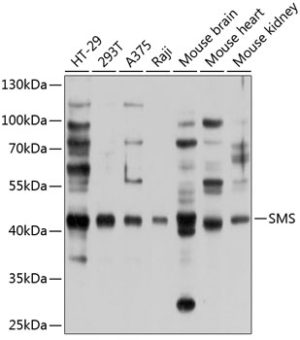
SMS Rabbit pAb
$86.94 Add to cart View Product DetailsPolyclonal Antibodies
-

SMS Rabbit pAb
$239.89 Add to cart View Product DetailsPolyclonal Antibodies
-
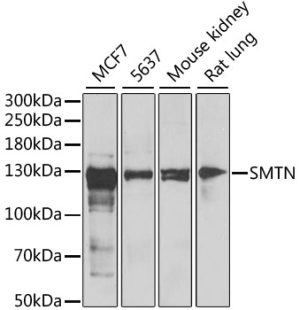
SMTN Rabbit pAb
$239.89 Add to cart View Product DetailsPolyclonal Antibodies
-

SMTN Rabbit pAb
$86.94 Add to cart View Product DetailsPolyclonal Antibodies
-
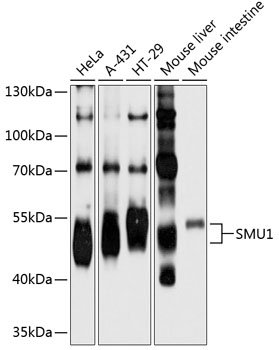
SMU1 Rabbit pAb
$86.94 Add to cart View Product DetailsPolyclonal Antibodies
-

SMU1 Rabbit pAb
$239.89 Add to cart View Product DetailsPolyclonal Antibodies
-
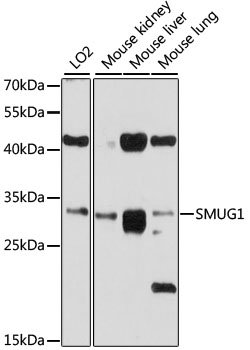
SMUG1 Rabbit pAb
$239.89 Add to cart View Product DetailsPolyclonal Antibodies
-

SMUG1 Rabbit pAb
$86.94 Add to cart View Product DetailsPolyclonal Antibodies
-

SMURF2 Rabbit mAb
$296.24 Add to cart View Product DetailsMonoclonal Antibodies
-

SMURF2 Rabbit mAb
$119.14 Add to cart View Product DetailsMonoclonal Antibodies
-
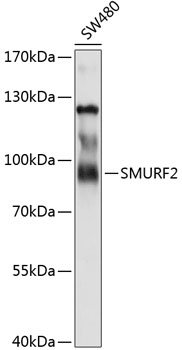
SMURF2 Rabbit pAb
$239.89 Add to cart View Product DetailsPolyclonal Antibodies
-

SMURF2 Rabbit pAb
$86.94 Add to cart View Product DetailsPolyclonal Antibodies
-
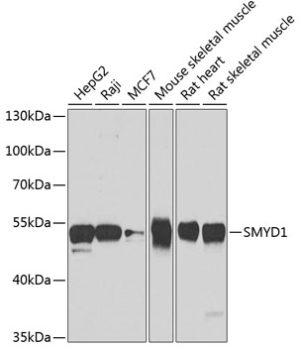
SMYD1 Rabbit pAb
$239.89 Add to cart View Product DetailsPolyclonal Antibodies
-

SMYD1 Rabbit pAb
$86.94 Add to cart View Product DetailsPolyclonal Antibodies
-

SMYD1 Rabbit pAb
$86.94 Add to cart View Product DetailsPolyclonal Antibodies
-

SMYD1 Rabbit pAb
$239.89 Add to cart View Product DetailsPolyclonal Antibodies
-

SMYD2 Rabbit pAb
$86.94 Add to cart View Product DetailsPolyclonal Antibodies
-

SMYD2 Rabbit pAb
$239.89 Add to cart View Product DetailsPolyclonal Antibodies
-

SMYD3 Rabbit mAb
$103.04 Add to cart View Product DetailsMonoclonal Antibodies
-

SMYD3 Rabbit mAb
$264.04 Add to cart View Product DetailsMonoclonal Antibodies
-

SMYD3 Rabbit pAb
$86.94 Add to cart View Product DetailsPolyclonal Antibodies
-

SMYD3 Rabbit pAb
$239.89 Add to cart View Product DetailsPolyclonal Antibodies
-

SMYD3 Rabbit pAb
$239.89 Add to cart View Product DetailsPolyclonal Antibodies
-

SMYD3 Rabbit pAb
$86.94 Add to cart View Product DetailsPolyclonal Antibodies
-

SMYD4 Rabbit pAb
$86.94 Add to cart View Product DetailsPolyclonal Antibodies
-

SMYD4 Rabbit pAb
$86.94 Add to cart View Product DetailsPolyclonal Antibodies
